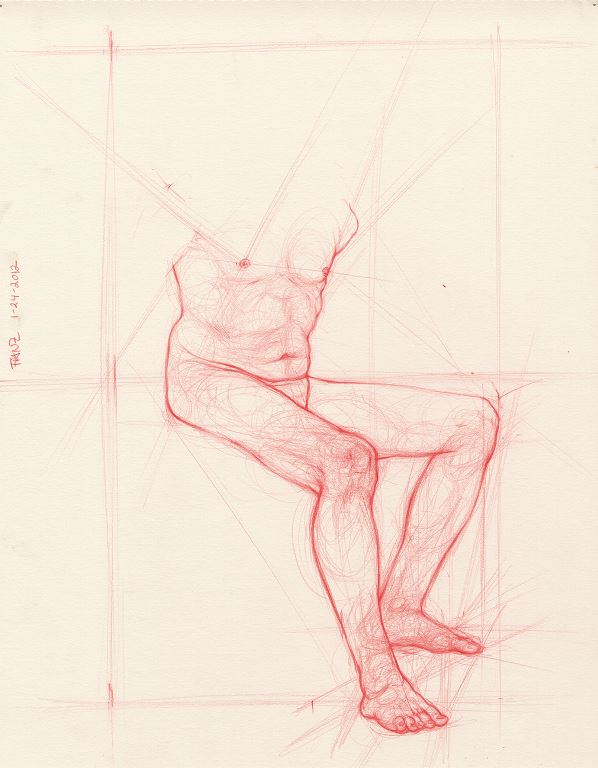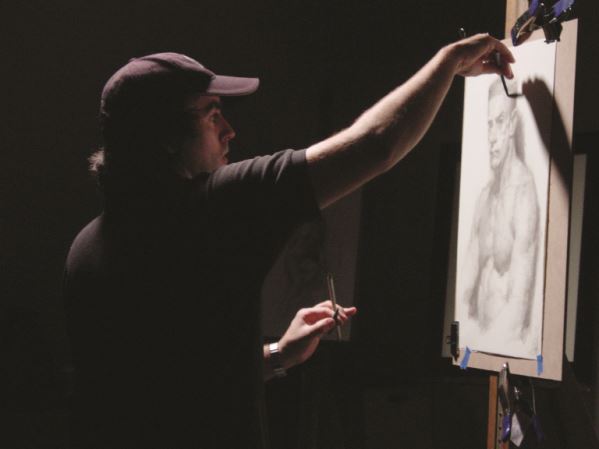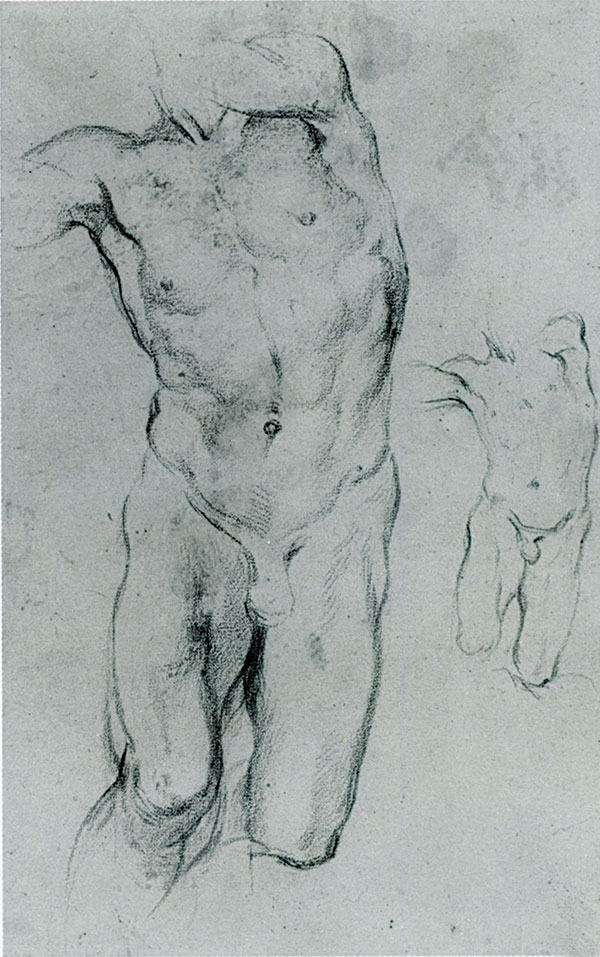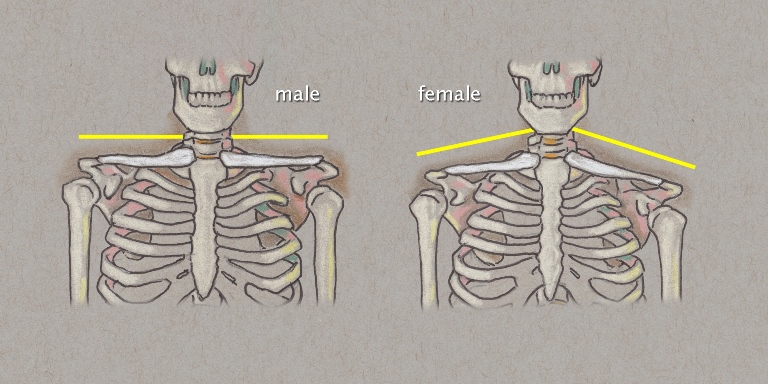5 Figure Drawing Tips

Where to Start, Making Measurements and Tricky Torsos
Are you wanting to take your figure drawings to the next level? We want that for you, too. Here are five figure drawing tips straight from the experts. Enjoy them all and be sure to consider the The Art & Science of Figure Drawing — The Complete 12 Course Bundle if you love drawing the figure and want to know more! The entire video course collection is just a click away!
1. In the Beginning, There Was a Rectangle
Start by drawing a proportional rectangle into which your subject exactly fits. You want to ensure the correct proportion of height to width, based on your point of view. This enables the subject to be scaled and placed onto the paper exactly where you wish.
A rectangle is easier to move, resize and revise than an entire human figure. A rectangle also supplies a valuable framework for the drawing.
Reference points can be created and located relative to the rectangle to confirm the figure’s proportions. The first reference point is called the anchor, and all other reference points are made relative to it.
–Jason Franz, “The Three-Layer Figure”

2. Draw First, Measure Second
There is a belief among some artists that measurements are to be placed before the marks representing the body are made. I’ve always felt that this is problematic, it makes one inhibited in his or her approach. It means an artist is being driven not by natural means but by adherence to a grid.
I think a measuring mark is meant to be in support of a drawing mark. If you draw first, then measure, you eventually may not have to measure as much.
If you draw without measurement, you’ll draw naturally, and that natural way of drawing will get more refined as you grow to appreciate that the eye is the final judge.
–Dan Thompson, “A Many-Sided Approach to the Figure”

3. Draw With The Entire Arm
I sharpen pencils to needle-sharp points, then I hold them with thumb and forefinger and draw with my entire arm, not just with my fingers and wrists. You need to sit well back.
All your measurements should be made with an arm’s length extension so that every time you make a sight measurement, the pencil is the same distance from your eye.
–Mark Tennant, “Beauty, Balance and Accuracy”
4. Avoid ‘Balloon Torsos’
Try not to automatically make one side of the torso equal to the other, like a balloon. There is nothing worse than drawing a balloon torso—unless, of course, that is your goal.
A common problem for beginning artists is to fall into the trap of thinking the figure is symmetrical on all sides, something that even many advanced artists are ensnared by when drawing heavy or muscular models. To help free yourself of this mindset, try to draw the model from the skeleton outward.
–Dan Gheno, “The Core Figure: A Source of Power and Accuracy”

5. Consider The Clavicle
The clavicle is a great landmark for artists because it can be seen just under the skin for its entire length. There are distinct variations in the clavicles of men and women—so much so that forensic experts use it to determine gender when examining skeletal remains.
In men, the clavicles are thick, rough and stout, with pronounced curves. From a frontal view, the bones appear relatively level or even angle up as they move out to where they articulate with the shoulder blade.
In women, the clavicles are slenderer, smoother and have shallower curves. In a frontal view, the female clavicles are either level or angled slightly downward.
–Larry Withers, “12 Anatomical Differences Between Men and Women”

Drawing Goodness, Continued
You’ve learned five key drawing tips for mastering the figure. Don’t stop there. Jump into all things figure drawing with The Art & Science of Figure Drawing with Brent Eviston.
Beginners and learning artists get the inside track on all things drawing from this top-notch instructor. Grab your sketchbook and get started!
Interested in More Figure Drawing Tips?
Brent Eviston shares his advice for figure drawing and sketching the human body with strong, confident gestures.




Extremely helpful tips. Thank you so much for helping me solve the challenge of how to represent major planes in a figure and how to produce the illusion of volume in 2D.